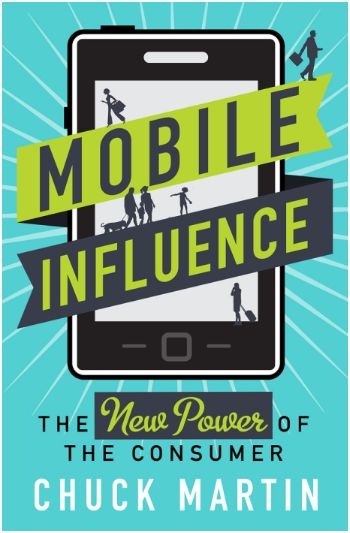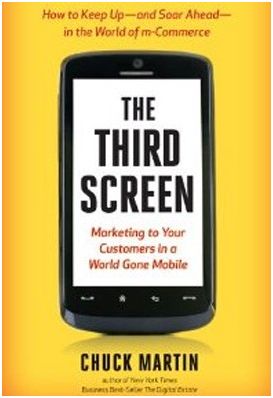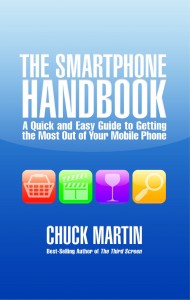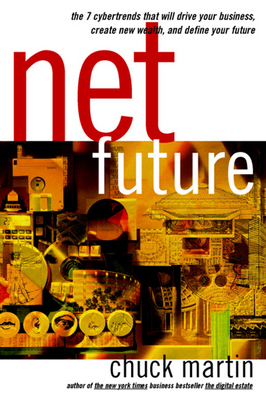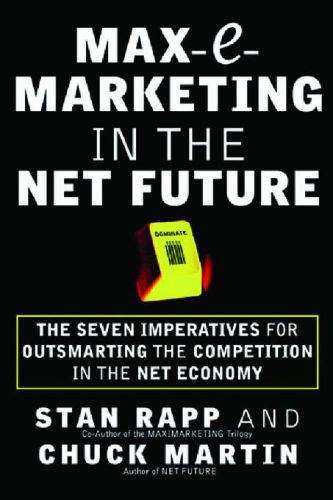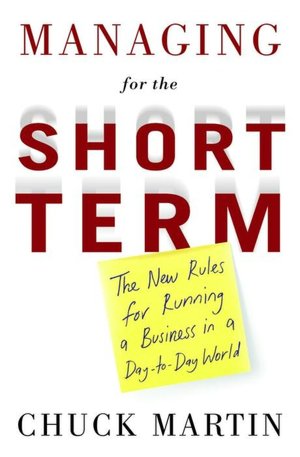 By Chuck Martin
By Chuck Martin
QR codes got somewhat of a bad rap early on.
It wasn’t that the two-dimensional codes couldn’t be easily read with a smartphone, it was more of what happened after.
Many marketers, publishers and even some businesses became so enamored with the codes’ easy ability to route someone to a website that they neglected to take the next steps.
The ease of use, with anyone able to get a free QR code creator on the Web, made the front end of the process a breeze. The problem was that most of the value creation is on the back end, which many marketers ultimately realized.
The key is that QR codes, like NFC (near field communication) and other quick mobile triggers, are just that: triggers that can lead to an engagement well beyond a static website.
Scanbuy, an early QR code pioneer, today introduced a new platform that deals with refining that back-end process.
The company hopes that consumers who scanned codes in the past will give it another try, now that the codes can lead to better experiences.
“Someone used to be able to create a code but it just linked to a website,” Scanbuy CEO Mike Wehrs told mCommerce Daily. “Now it starts with what do you want to do, not what code do you want.”
The new platform includes templates for marketers to create unique experiences after a scan. These can be dynamic and customized results that change based on factors like device operating system, time of day, location and consumer loyalty. The mobile website builder lets companies embed YouTube videos, Google Maps and photo galleries.
And this is where commerce can come in. After the scan, various other activities can be launched, such as making a call, receiving a contest winner notification, displaying a note or sending a text or email.
One example of a code-generated engagement was mega-retailer Tesco, which created a 360-degree view of a field with cows and assorted information triggered by a QR code scan.
Code scanning continues to increase, based on Scanbuy’s tracking, and Wehrs says the company logged 89 million interactions last year and 85 million Scanlife apps have been downloaded.
The other back-end aspect is the tracking of data points, such as the distribution of scanning activity, first-time customers, campaign comparisons, engagement lifecycles and demographic and location stats.
QR codes are growing up.
Chuck Martin is Editor of the mCommerce Daily at MediaPost and writes the daily MobileShopTalk column. He is the author of “Mobile Influence,” “The Third Screen,” and “The Smartphone Handbook.” He is CEO of Mobile Future Institute. Chuck Martin is a frequent Mobile Keynote Speaker and Mobile Marketing Speaker internationally. He also addresses Social Media in Mobile.



